Role
Senior Product Designer
Company
Ieso Health
Keywords
MVP, Quanlitive Data, Human centric Design, Cross-functional Team, Native app
Sector
Healthcare, Mental Health, B2C
Learnings from designing a native app for patients with anxiety disorder
According to the National Institute of Mental Health,1 in 5 people currently have a mental disorder. In the UK, over 8 million people are experiencing an anxiety disorder at any one time (Mental Health UK). Poor mental health has a huge cost and impact in individuals, their families, health systems and societies. Ieso Health is working on a new approach to bring access to mental health treatment to anyone who needs it.
We launched an MVP app for both iOS and Android in the UK and US markets, focusing only on GAD patients - people with generalised anxiety disorder. Based on the Mental Health Foundation, less than 50% of these people access treatment. Our team was cross-functional with user researchers, product managers, product designers, and engineers working together. A unique element to this was working closely with teams of clinicians, data scientists and AI. I built a communication bridge with the clinical team and researchers and our team to ensure we knew who our users were and that we were addressing their needs.

I want to share with you my learnings when designing for people with anxiety disorder. But first, let me walk you through some of the symptoms of this disorder:
- A constant state of worrying about things.
- Most likely, they even worry about being worried.
- They may have a restless feeling that something bad will happen.
- It is difficult to concentrate and easy to feel overwhelmed.
- They may feel dizziness, a sense of restlessness and unease.
- It's hard to sleep.
- A feeling of their heart racing doesn't go away.
- It can be difficult to breathe sometimes.
- They can feel their muscles getting tense.
- They might feel trembling or like having a panic attack.
These are merely the body and mind symptoms. Moreover, these symptoms will affect their emotions and how people live their life. People might be unable to relax, feeling stuck in their worries. They may over prepare when certain situations come to life, or avoid everyday situations that might trigger their anxiety. They won't enjoy leisure time, like holidays or hanging out with friends.
Gradually, people with anxiety disorder will stop doing things they once enjoyed, or miss events and things that were important to them. Their life, including their mind, body, emotions and behaviours are based and dependent on their anxiety.
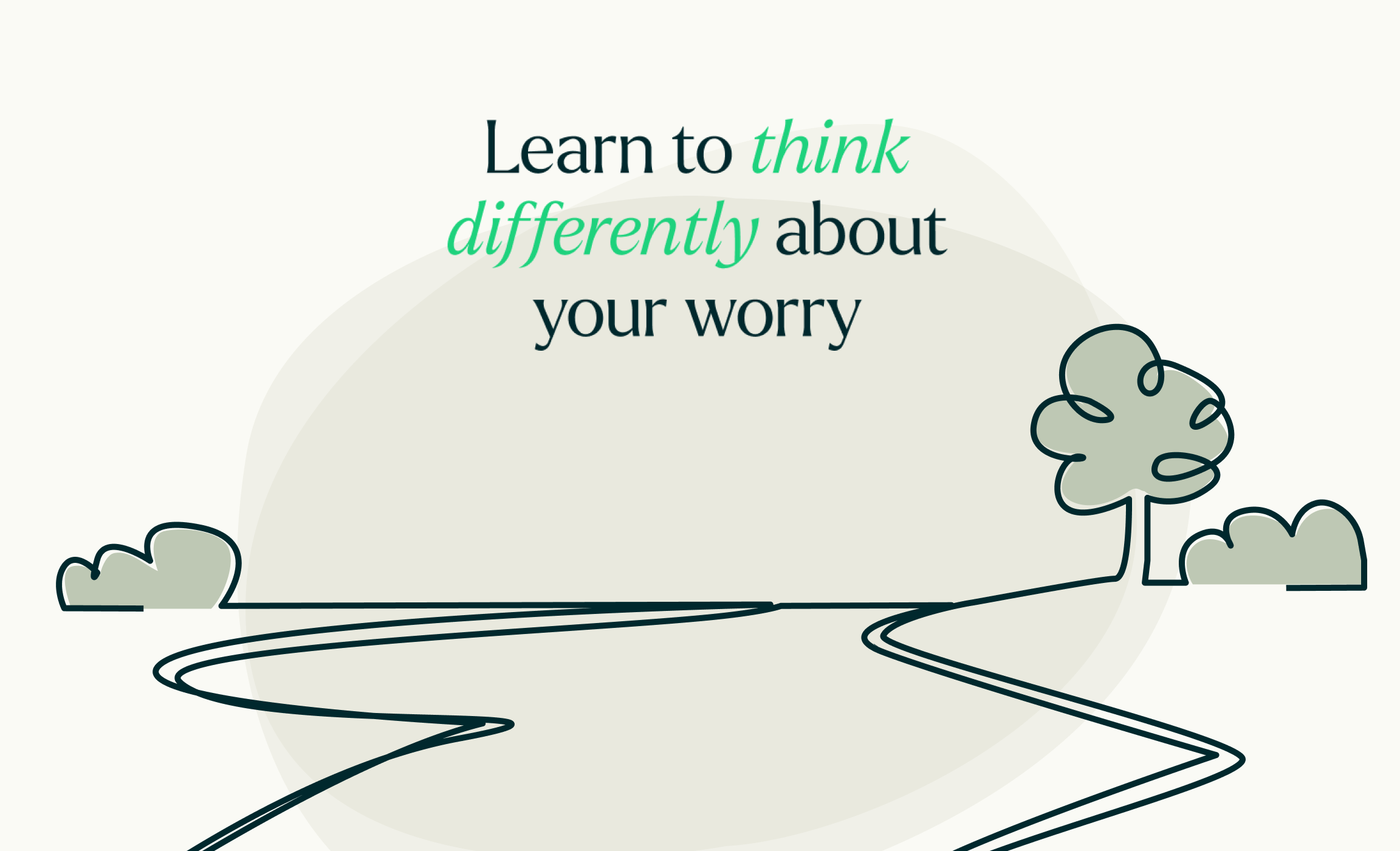
Ieso app aims for people to think differently about their worry, to believe that it is possible to live well with anxiety. Most people want to get rid of worry, but it is there for a reason. And most of the time, that reason is connecting people to what matters the most to them.
Our hypothesis is that people will live a better life when they live it by building a stronger connection to what is the most important thing to them.
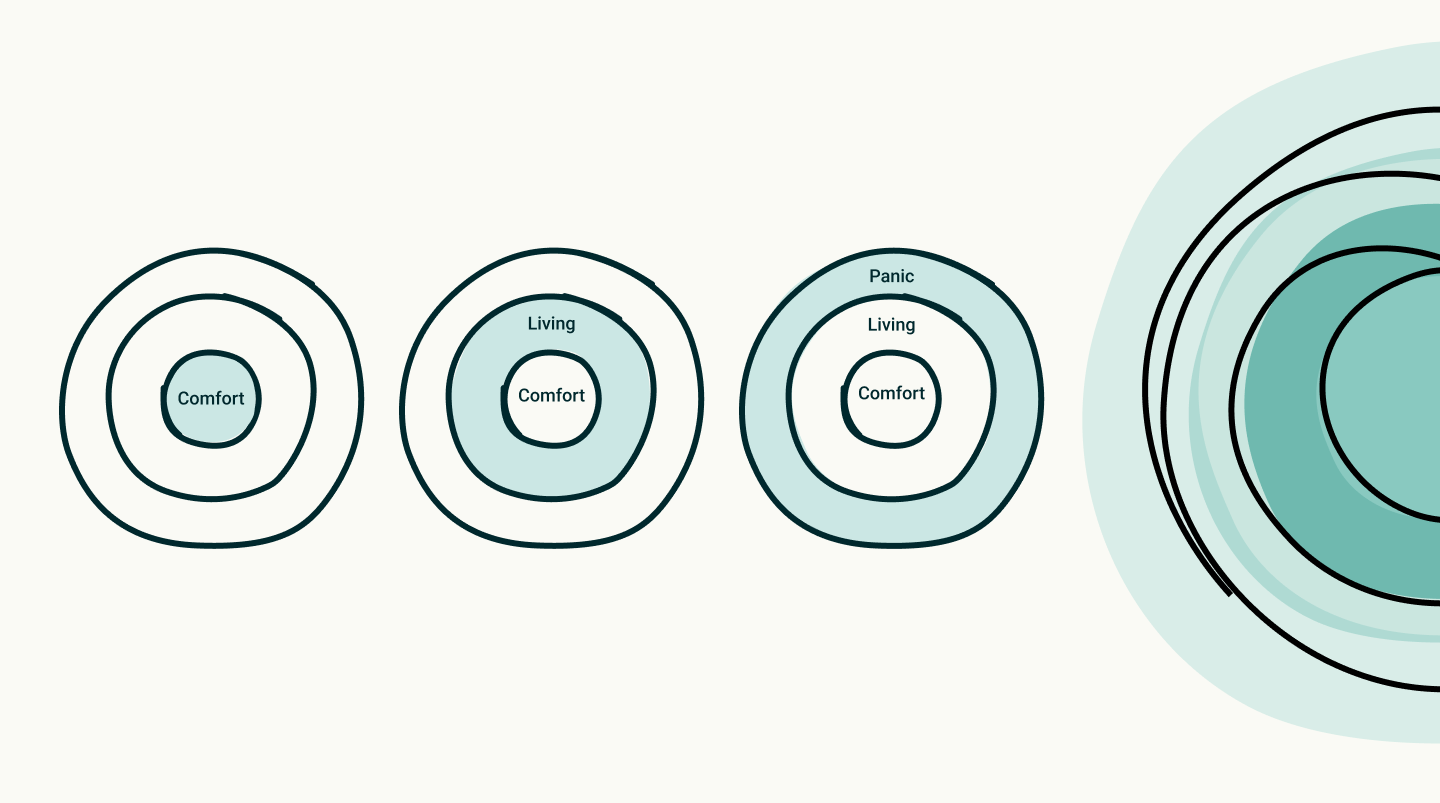
Learning 1
Communicate better with less.
Seems obvious, right? And yet, it is the most difficult thing to achieve, and the most important learning to retain. When it comes to people with anxiety disorder, people will feel lost within the information load. Ieso built a programme to guide patients through different concepts. These concepts can't be shown all at the same time. People need guidance throughout their journey, to be directed to what is right and best for them.
Often, these concepts are also abstract and hard to represent. It's important for a designer to not only simplify but exemplify it with visual materials that can unpack some of the invisible things we might be covering. E.g. In the previous image, we show the different zones people can live in. And how they are not static, they move and flow depending on how we are feeling.
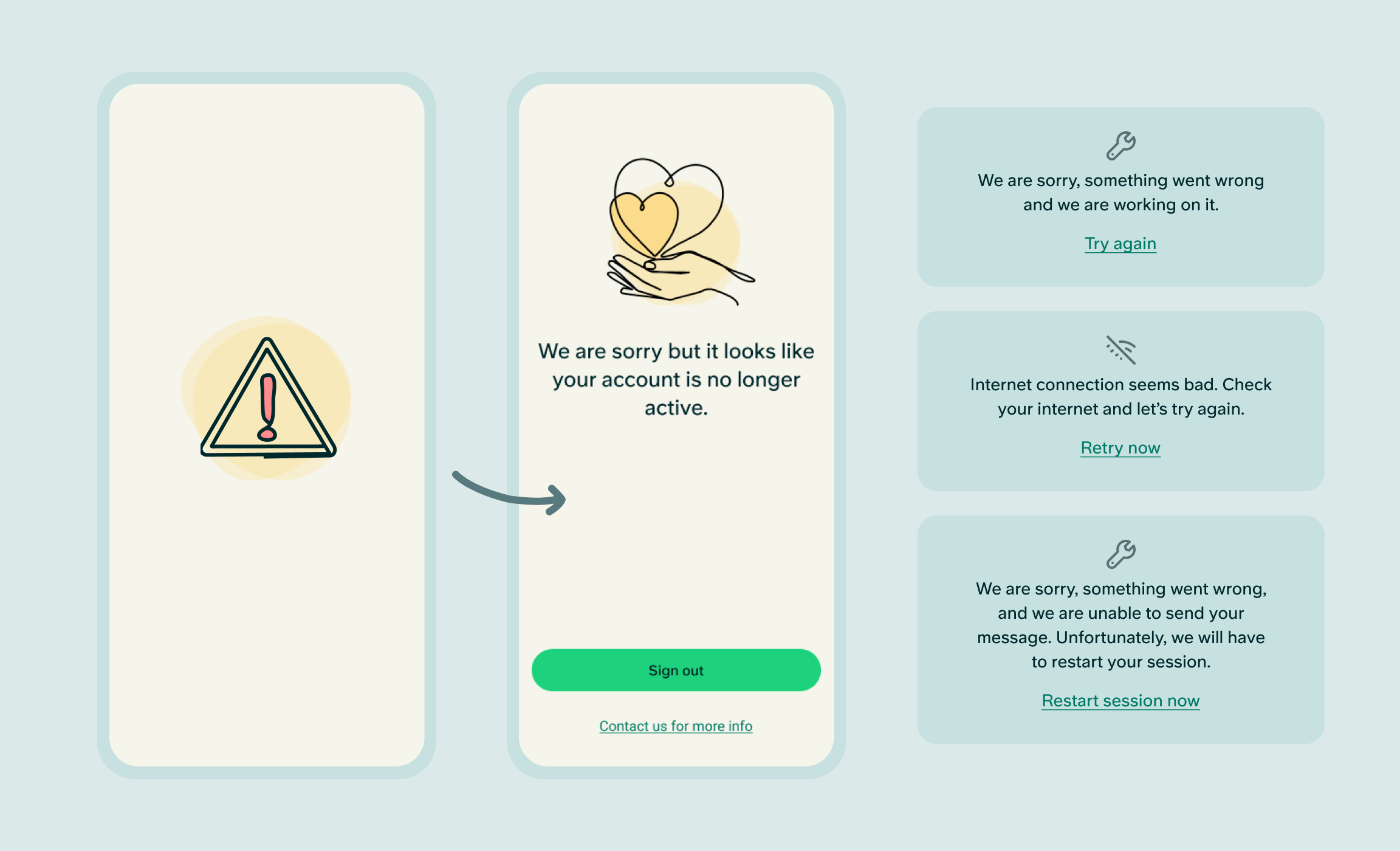
Learning 2
Design with empathy.
Our patients often feel lonely within their worry, as if these symptoms only happen to them. It's essential we show understanding, kindness without being condescending in our solutions. We don't want to add or contribute with more unsettled feelings to people.
I often use the expression "this design needs some love" when referring to lack of crafting detail. Designing empathy means taking compassion in small details and considering the user’s context and scenario. When writing or drawing content, imagine vulnerability and how to make it feel welcomed. When designing for people with anxiety disorder, ask questions like "Is this content making the user feel worried somehow? How can I make it clear without pressing any buttons?". E.g. See the image above. Error messages are a good example of a classic functional page/messaging. Alerting imagery might be perceived as alarming. So, "How can an error message explain this problem without the user feeling guilty? This is not about them doing something wrong? How can these messages show some empathy?"
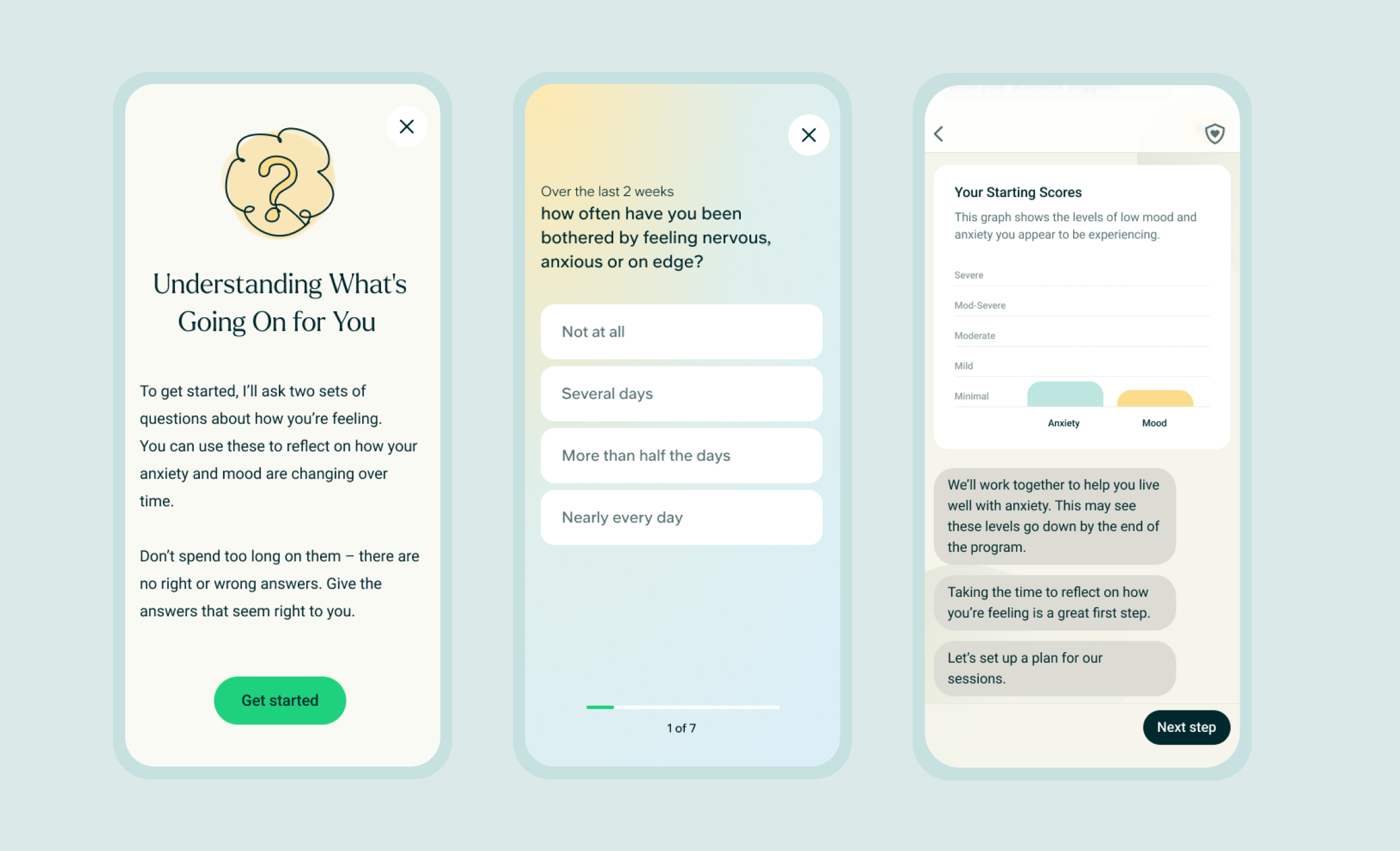
Learning 3
Understanding progress.
Validated questionnaires are used by mental health services to measure how patients are progressing with their anxiety and mood, GAD-7 and PHQ-9. Validated meaning it has gone through regulated processes and demonstrates adequate reliability. It is not a diagnosis, it's simply a way to understand how the symptoms are showing up for people who suffer from anxiety disorder. However, having multiple questions focusing on people's symptoms presents a challenge from an engaging perspective.
People want to know they are doing better, they want to know that they are progressing. And, especially GAD patients want to feel that they are doing everything right. We know though, from scientific data, that when mental health treatment starts, symptoms tend to get worse before getting better. How do we still encourage people to continue access to treatment? My assumption is by understanding results. Sometimes patients even began to feel better but still showed high levels of symptoms. How people respond to their symptoms is the key, not the symptoms itself.
Another way to measure progress is to remind people of their own values, and this is what they are moving towards. Visually, showing them how close they are to achieve the connection they've always wanted to what matters the most to them. And how close they are to living life the best way they can!
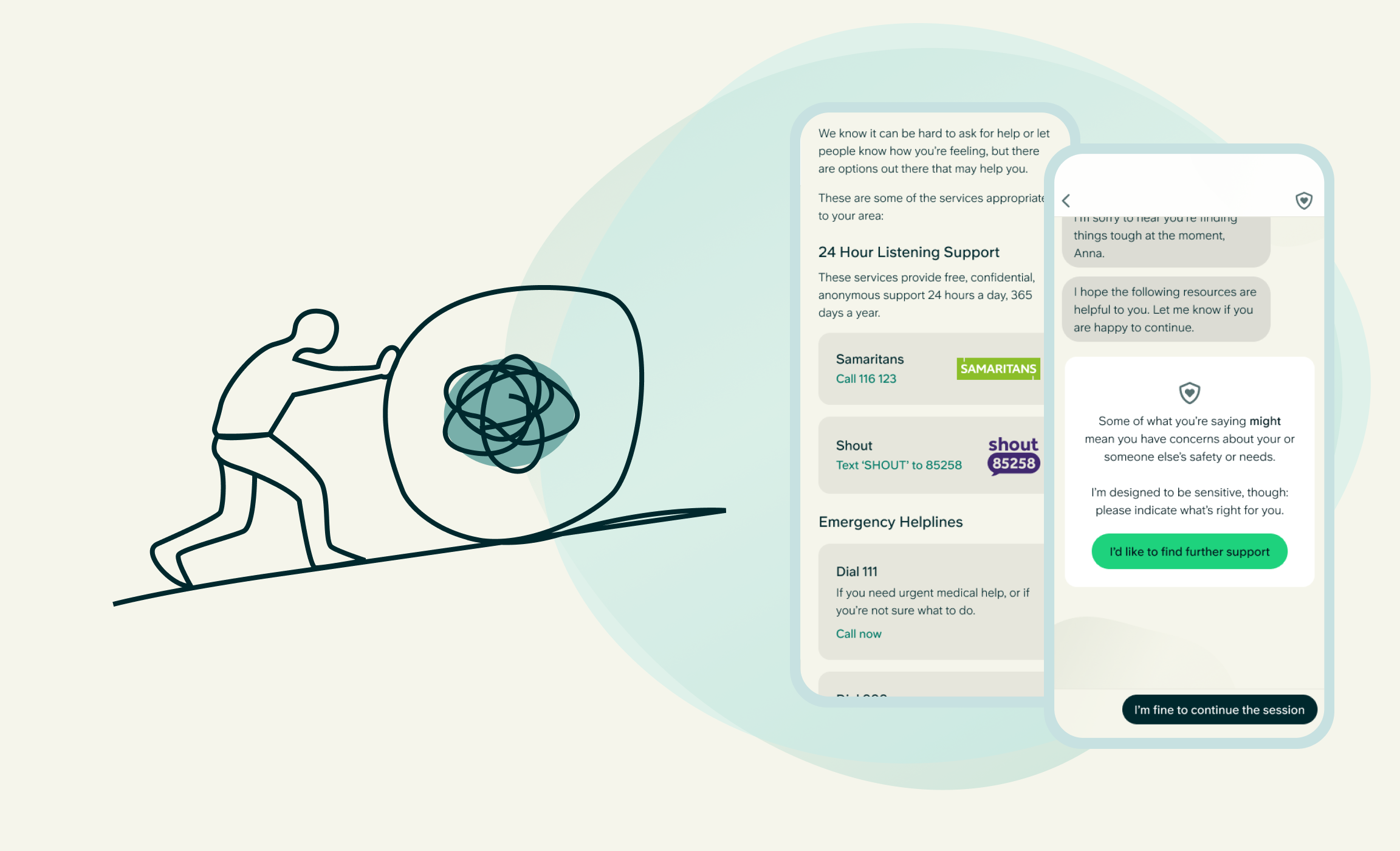
Learning 4
Consider risk. Give safety guidance.
When it comes to mental health, it's imperative that we address risk in the safest way. Consider risk at any time, even when it is not expected or when it is not clear. How can we do that? We never know how people are truly feeling. So if a patient ever feels at risk, they never should encounter a dead end. Design needs to think of ways risk might appear.
Giving easy access to additional resources at any time will help patients that are looking for help is one way to provide support. However, what happens when people are not looking for help? When symptoms are severe, we can redirect people to talk to a professional, however, that can require time. Can we have a team of professionals prepare for this 24h? Asking these questions and testing solutions is key.
Based on the Ieso Clinical team expertise, we know that people sometimes give clues or say things that might represent risk to them or others. It’s important to recognise these clues in session and present back the right tools to respond. Responding with some of the helpline resources based on the patient location is enough? Could a breathing exercise help at this point?
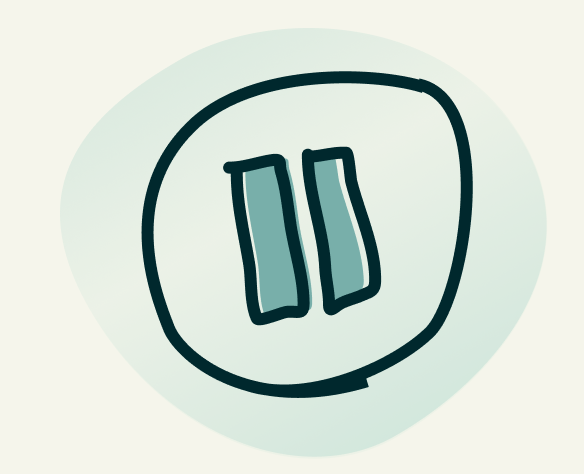
Learning 5
Design for pause.
Today, most apps are designed for people to consume the most they possibly can. We consume so much information so fast - scrolling through multiple videos in seconds, we pick songs from non-ending and unknown playlists, several podcasts for each one of our interests. The noise is constant and always present.
This app aims for the exact opposite. We want people to consume information slowly, at their own pace. It takes time to change routines and ways of thinking. It takes effort to put these new learnings into daily life, especially when people are vulnerable. People with anxiety feel like they are failing very easily. Create experiences that will allow new concepts to sink in. Design experiences that will be flexible to when we are the most vulnerable too. Facilitate how to get the slowness back to their life, if that’s the case. Give guidance to the best environment to have sessions in, if that’s even possible. If people are in a rush, how can we design to create mental space for what they are about to learn or practice?
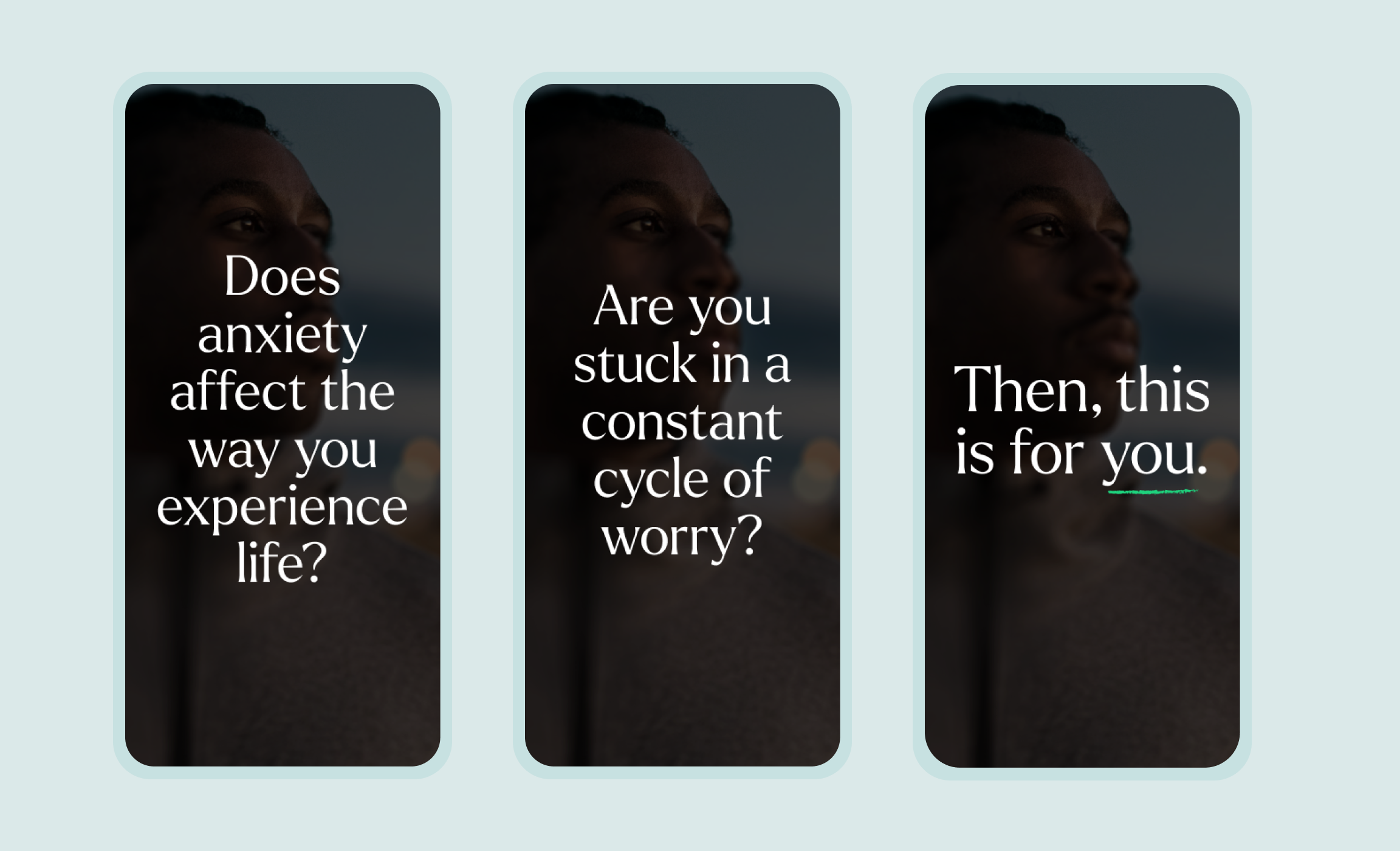
Learning 6
Build trust, by building a relatable experience.
Lastly, people with anxiety disorder seek to feel safe. They want to know they are in safe hands. They want to know this is the best they can do for them. Often, people tried different treatments, alternative experiences. Recognising it might be difficult. So explaining how this treatment will make a difference and impact their life is key to give a sense that this is exactly what they need, when they need - an appropriate treatment for their disorder. It goes back to showing and understanding progress to make people believe this is for them. What else can we do? Create experiences that resonate with people. Build a bond.
Illustrations by Jon Parker. Find about app here.